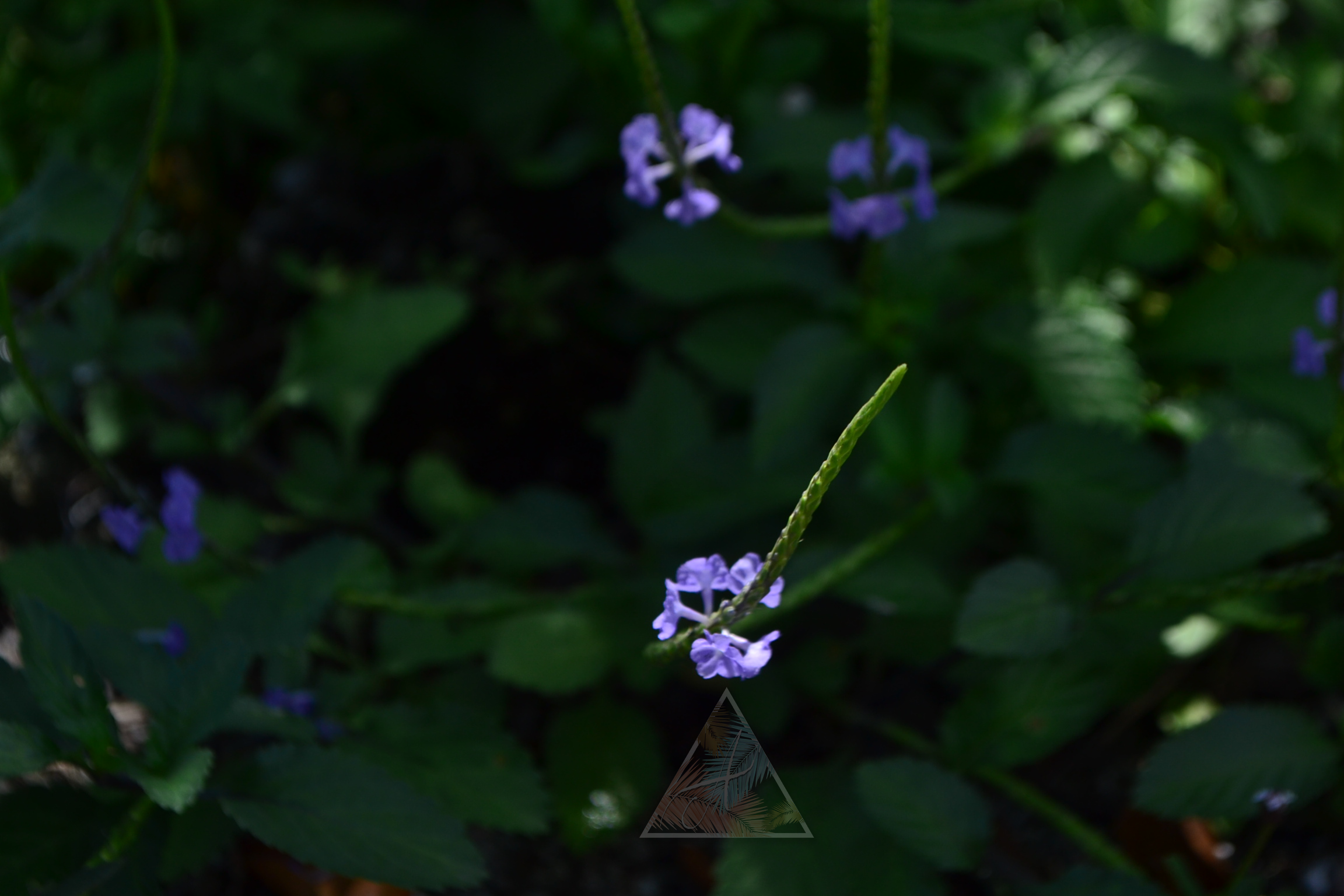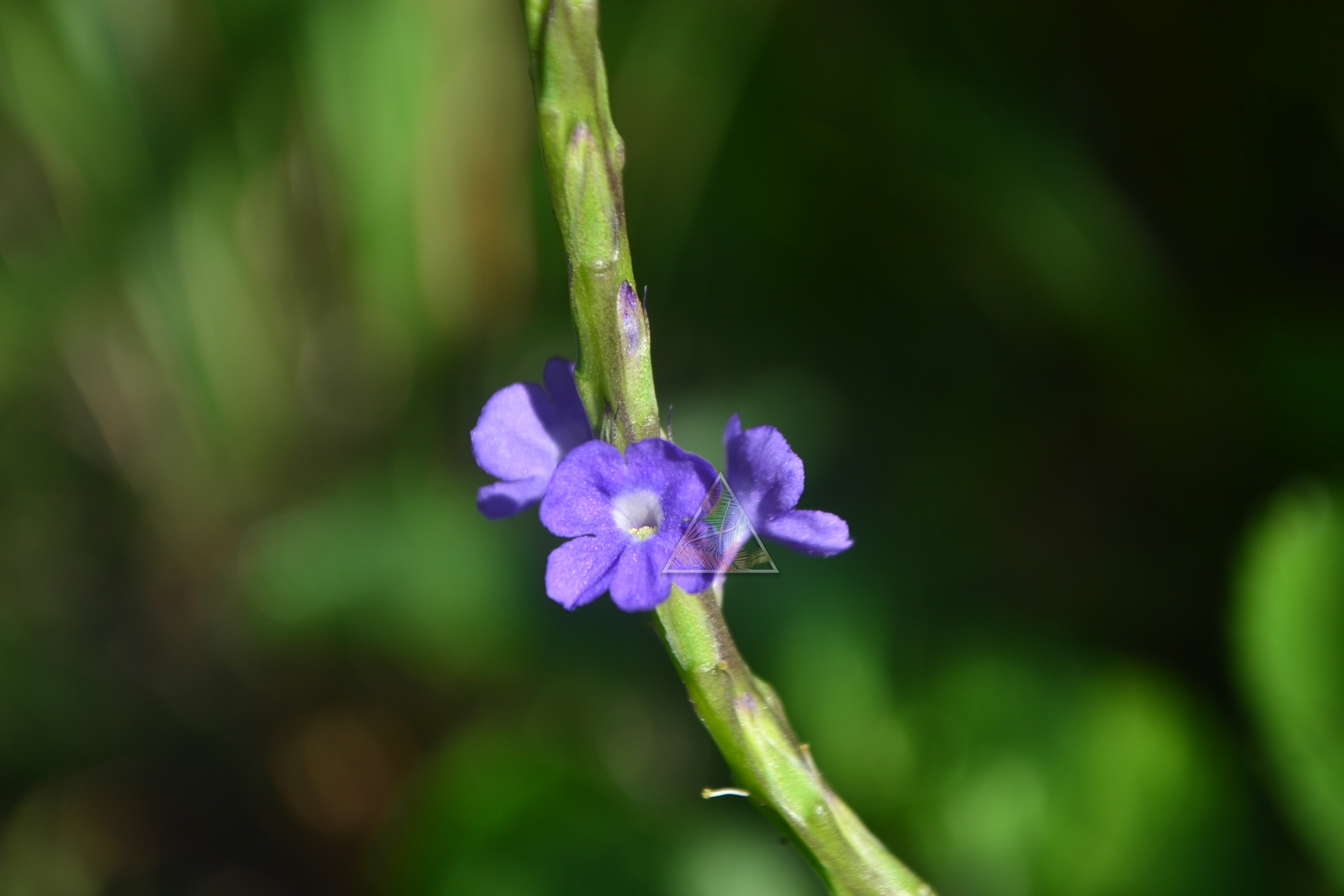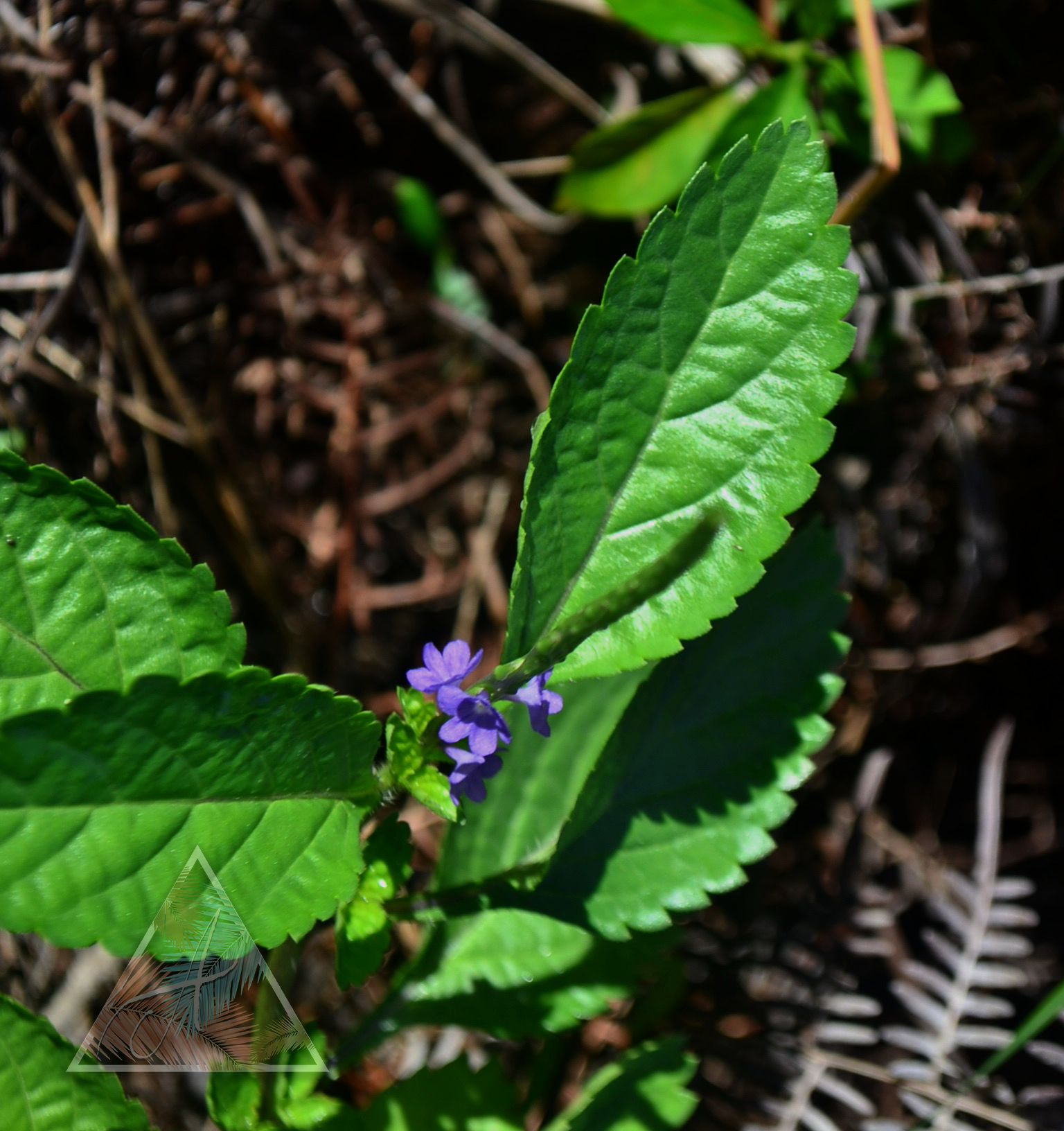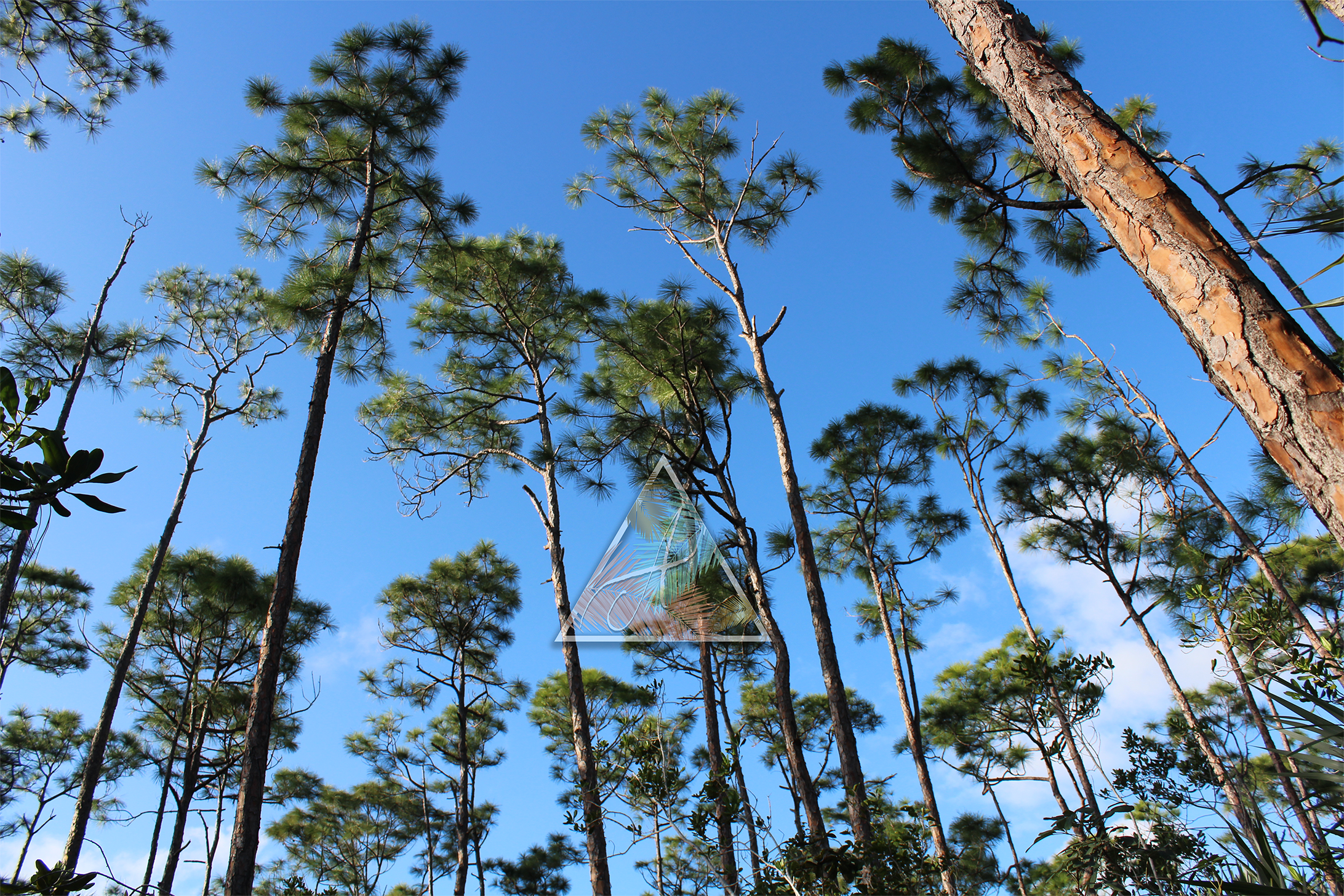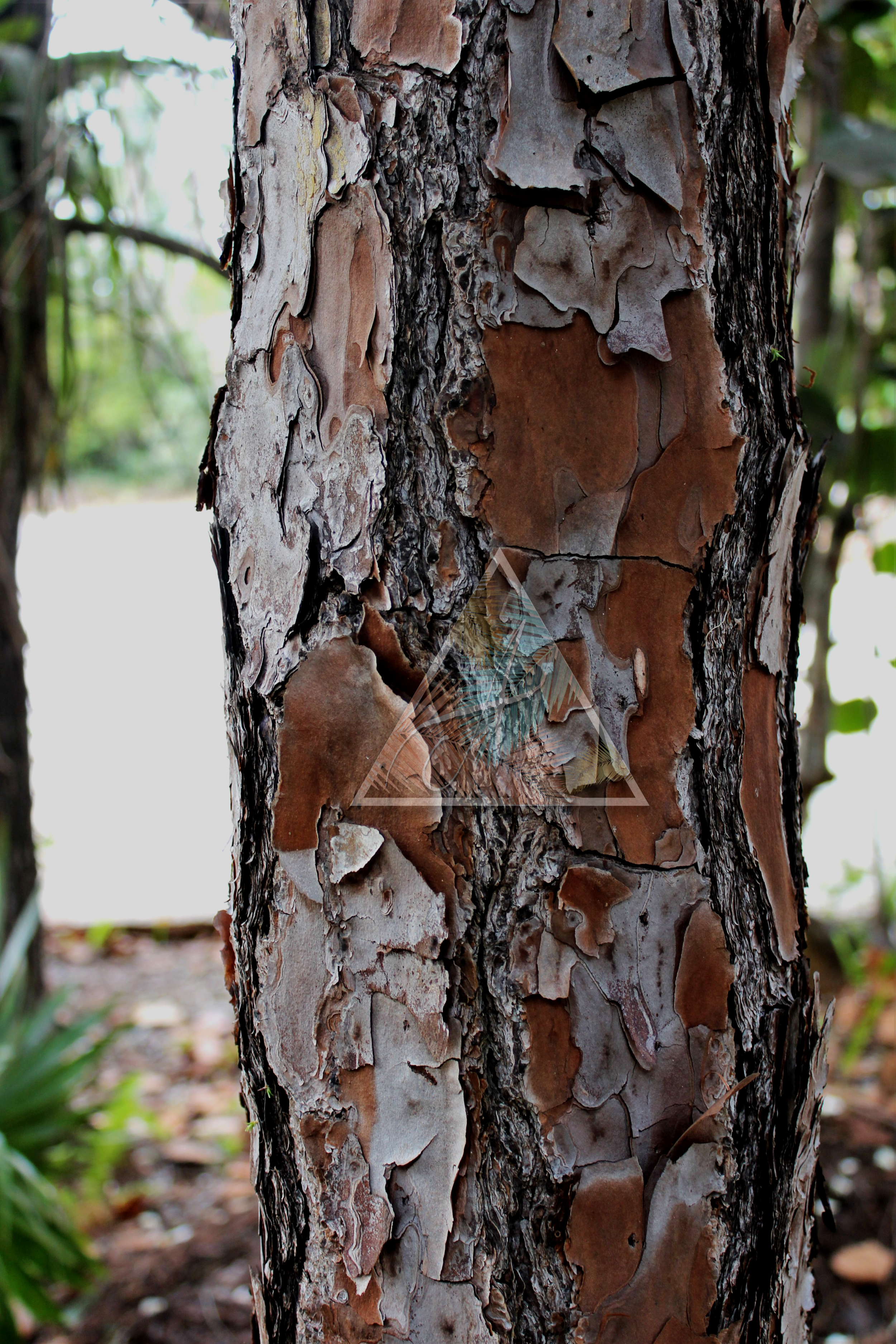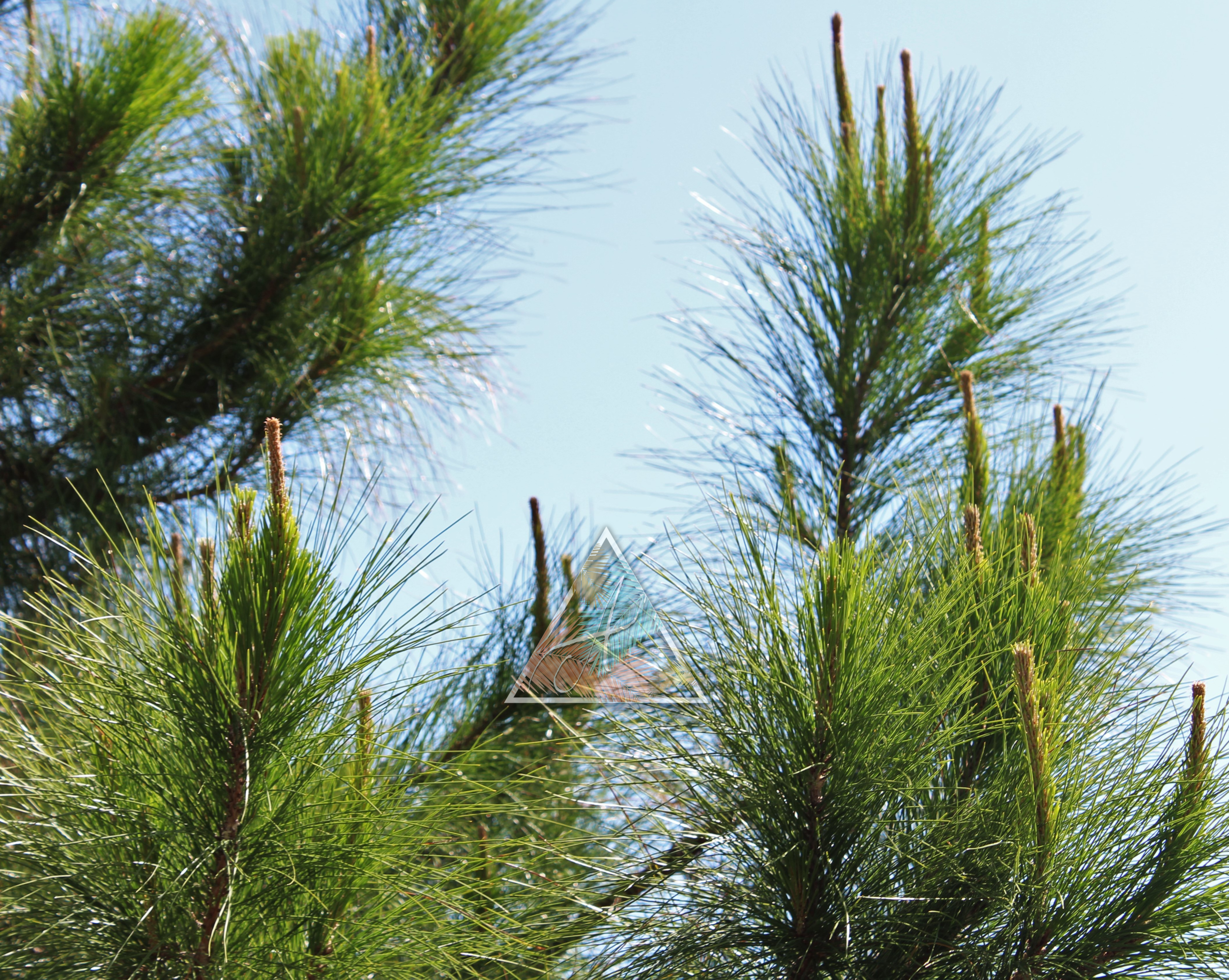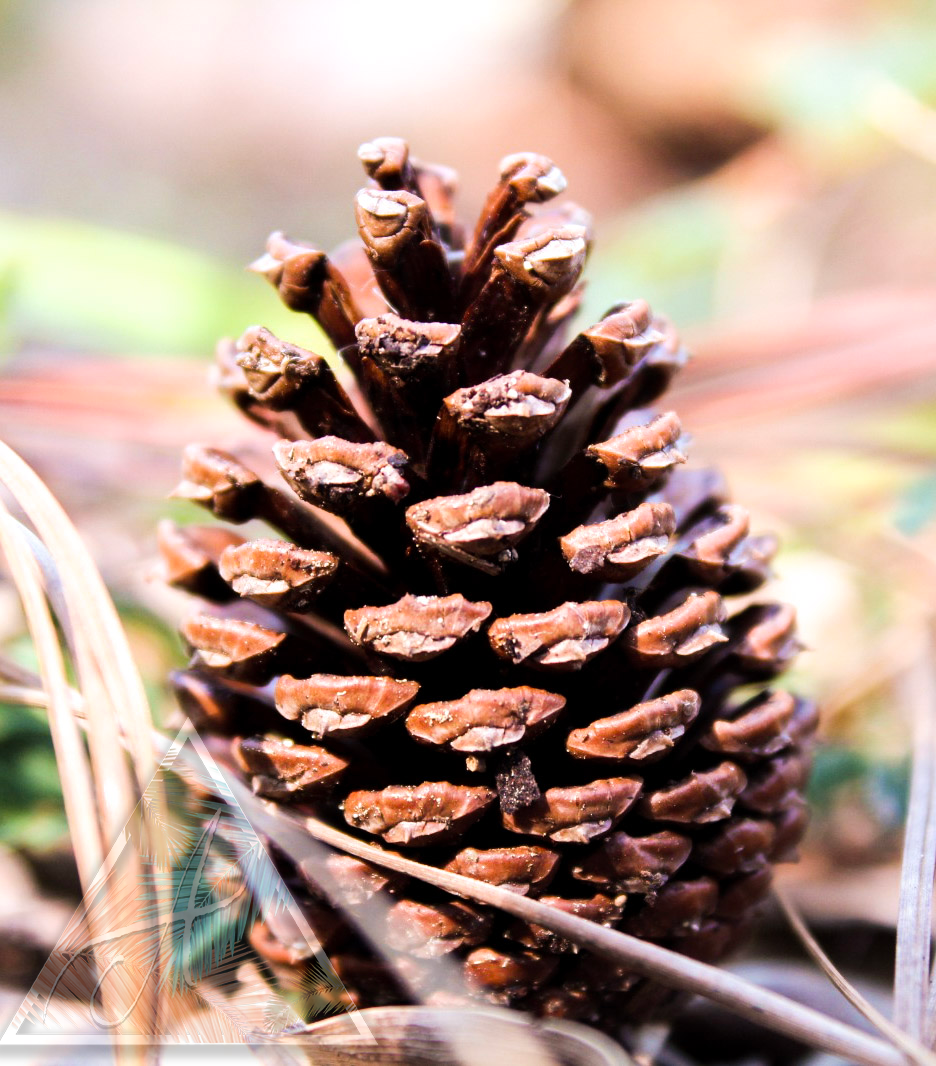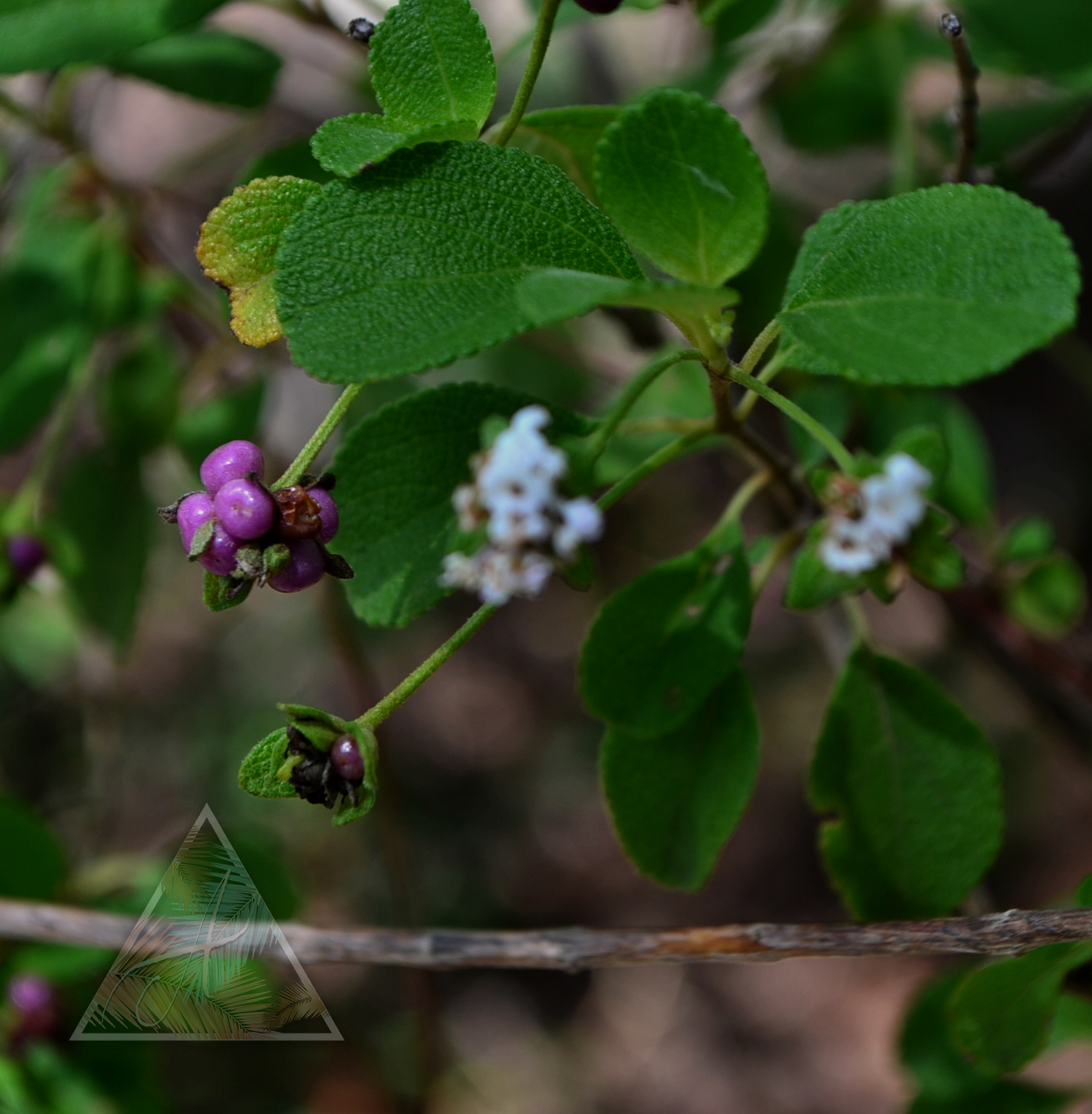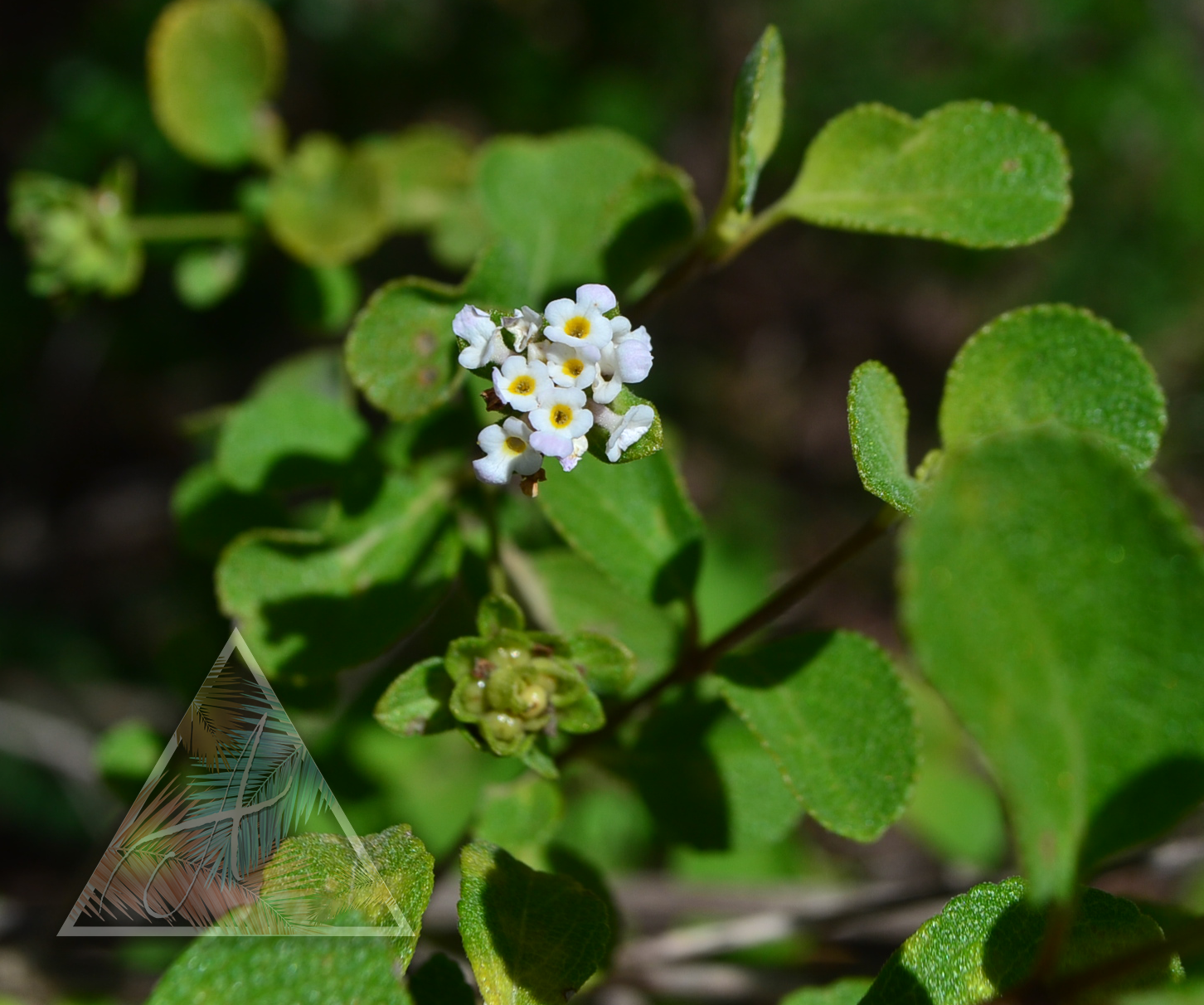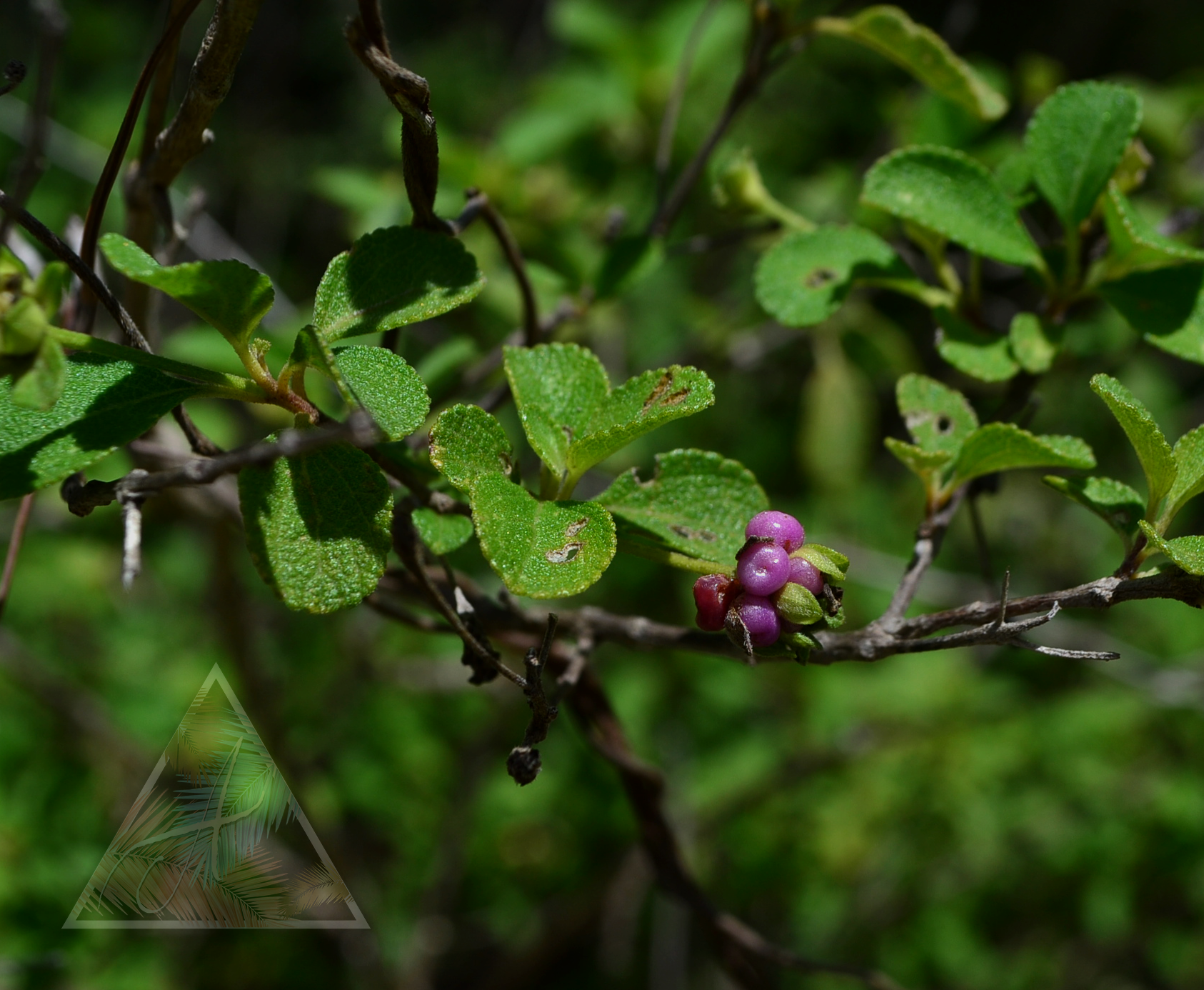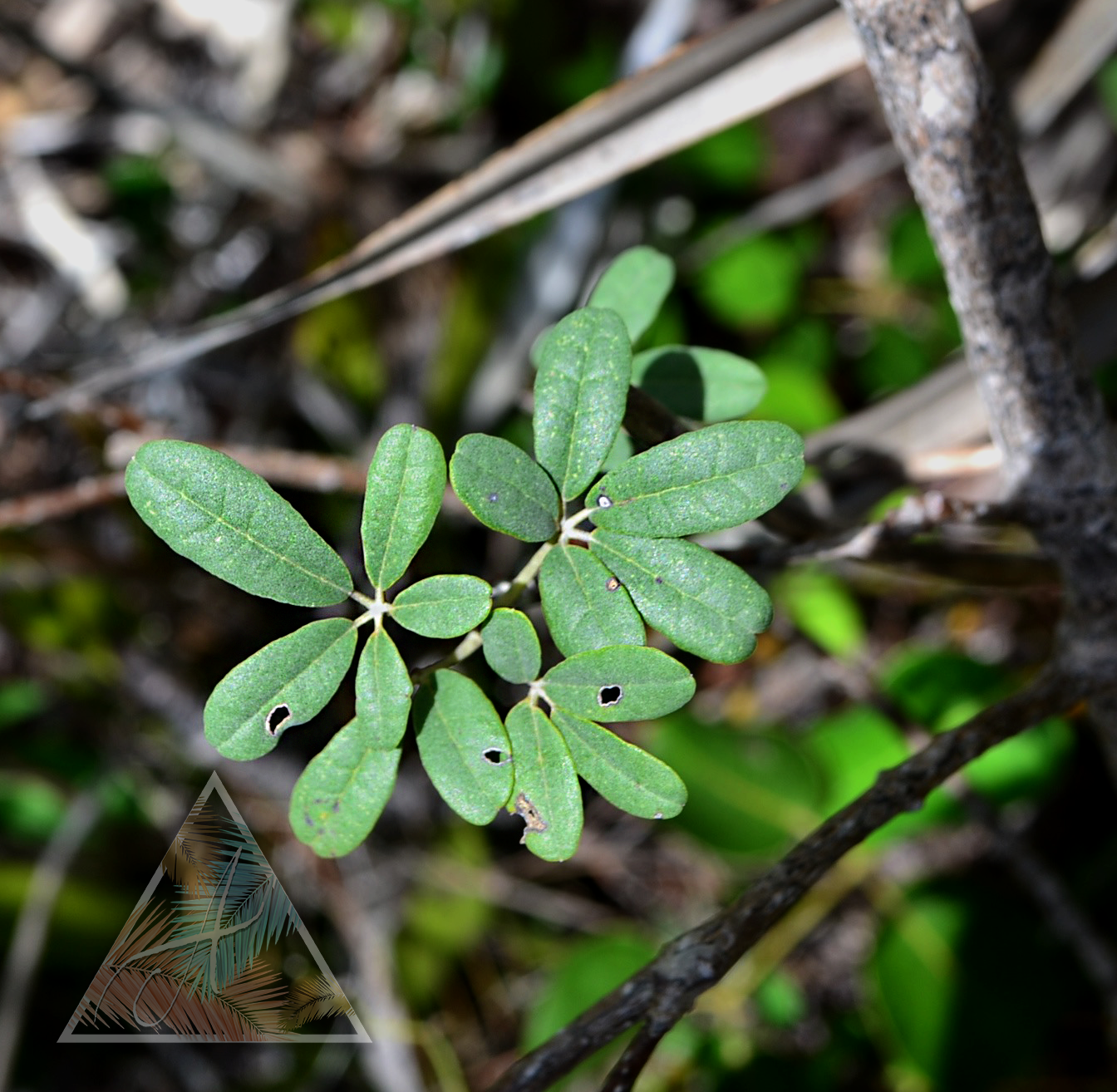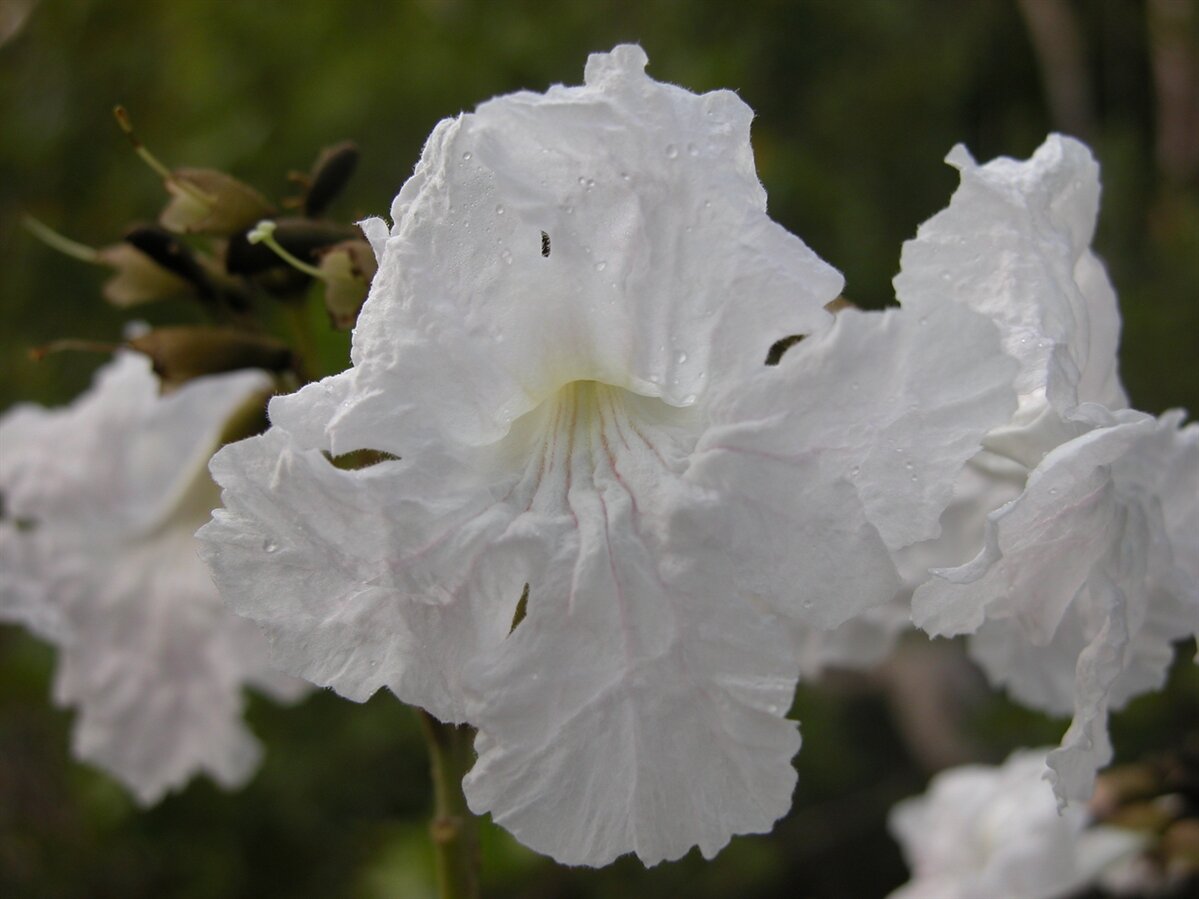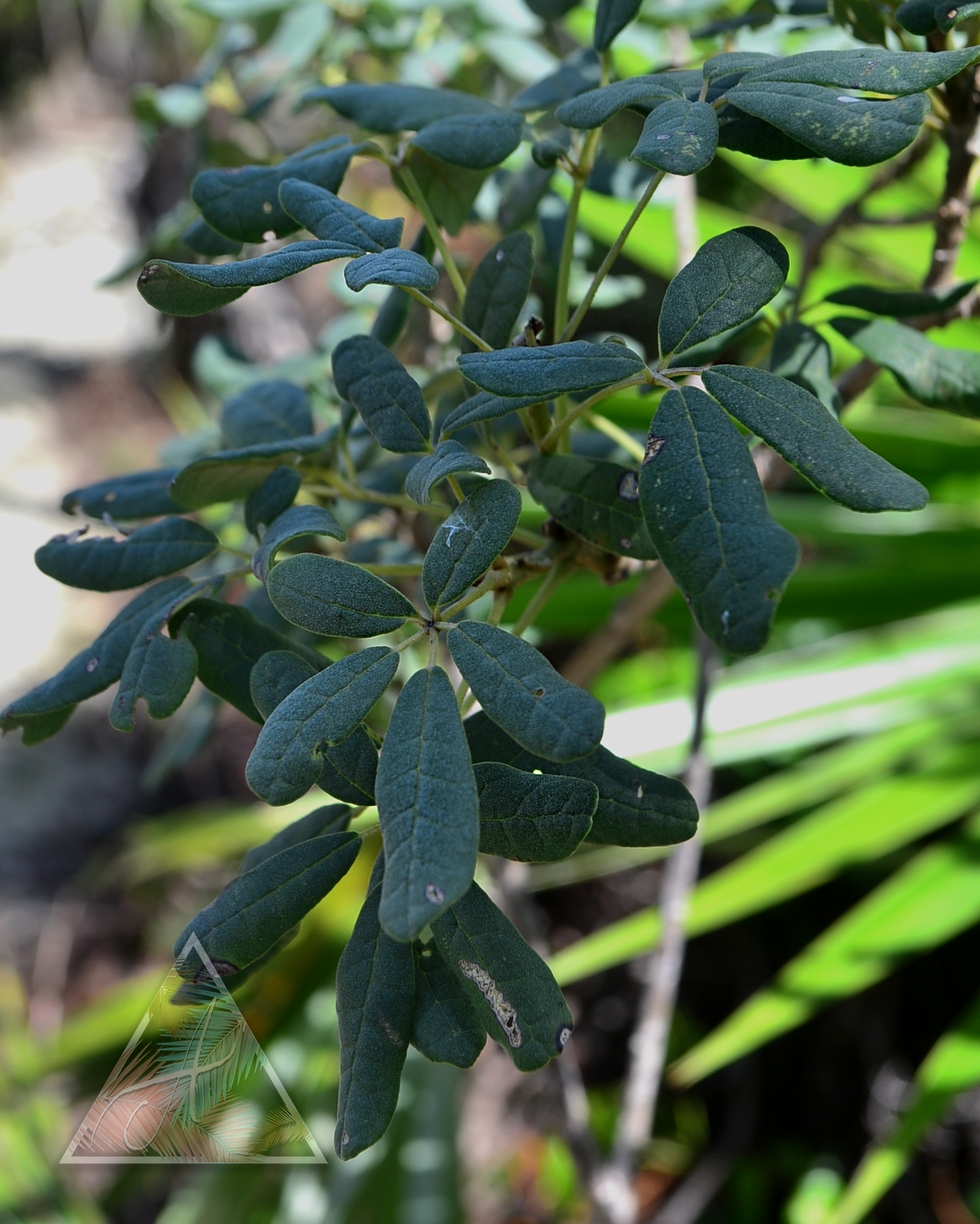Native Bahamian Plants: Volume 1
The Bahamas has many native plant species. Some of these plants are even indigenous to our little country, which means that they are only found in our country and no where else in the world. We’ll be learning about 4 Native plants in Volume 1 . We’ll learn their names, where they are found and what benefits they have, because almost all Bahamian plants have medicinal/health benefits.
Blue Flower - Stachytarpheta jamaicensis
The Blue Flower is also known as the Jamaican Blue Flower or the Rat Tail. This plant is a short, low growing plant that produces a bluish purple flower on a long stalk. Its leaves are broad with rigid, sharp, edges and distinct veins. The Blue Flower is found throughout the Bahamian archipelago as well as throughout the Caribbean, Mexico, South and Central America and the United States.
This plant is use medicinally for multiple things, such as stabilizing blood pressure, treating intestinal worms, relieving constipation and fevers. The blue flower can even be used to help heal blisters and boils.
Next time you’re in a grassy area, see if you can spot this low laying herbal plant.
2. Caribbean Pine - Pinus caribaea var. bahamensis
The Caribbean Pine, also known as the Yellow Pine Tree, is a fast growing pine tree found only on 4 Bahamian Islands, Grand Bahama, Abaco, Andros and New Providence. This pine trees is the only native pine tree in The Bahamas.
These trees can grow up to 90 ft. tall and 2.5 ft. wide. As these trees grow, they lose their lower branches. Their leaves grow in needle form and they produce a male and female cone. The male cones are long and narrow, while the female cones, which holds the seeds, are wide and shorter and resemble a traditional pine cone. The bark of this tree is flaky and as a resin in its sap, which along with he absence of lower branches, helps the Caribbean Pine survive forest fires [see more here.]
Caribbean Pine trees are not traditionally used in The Bahamas for medicinal reasons, however the Pine Forest ecosystem is a key ecosystem for many Bahamian animals like the Abaco Parrot, the Bahama Swallow, the Hairy Woodpecker, the West Indian Woodpecker, native bats, the Bahamian boa and Brown Racer. Pine Forests can even have other ecosystems thriving within them. Some Pine Forests have blue holes and even caves.
For the full blog post on Pine Forests, click here.
3. White Sage - Lantana involucrata
White Sage is a native sage plant that is found throughout The Bahamas. This plant grows as a medium sized shrub, with no main large trunk and many thin branches. The White Sage produces a cluster of small white flowers that have a yellow center as well as purple berry clusters. The leaves are rounded and visibly textured and the entire plant has a fragrant smell.
The plant can be found in Pine Forests and Coppice Forests and is distributed throughout the Caribbean, South America and Florida.
White sage is traditionally used to heal skin irritations like Chicken Pox, Measles, Mumps and general itches and stings. This plant can be steeped into a hot bath or made into a tea.
4. Five Finger - Tabebuia bahamensis
The Five Finger plant is also known as the Chicken Foot plant and it named for how it looks. Five Finger has leaves that grow in groups of 5 and resemble the foot of a chicken. Their leaves are often a dark, dull green and appears to be slightly curved/rounded. It produces a white flower. This plant is typically found as a shrub but can also grow into a tree up to 30 ft. tall.
Five Finger can be found within the Pine Forests and the Coppice forests throughout The Bahamas. This plant also grows in Cuba and Southern Florida.
Five Finger is commonly used to treat stomach pains, bodily strains and helps to treat weak bladders. This plant is usually drank as a tea.
Look out for upcoming Volumes of Native Bahamian Plants
Hopefully this post was helpful and you learned a few plants. Do you think you can identify these plants when you see them in the forest?


